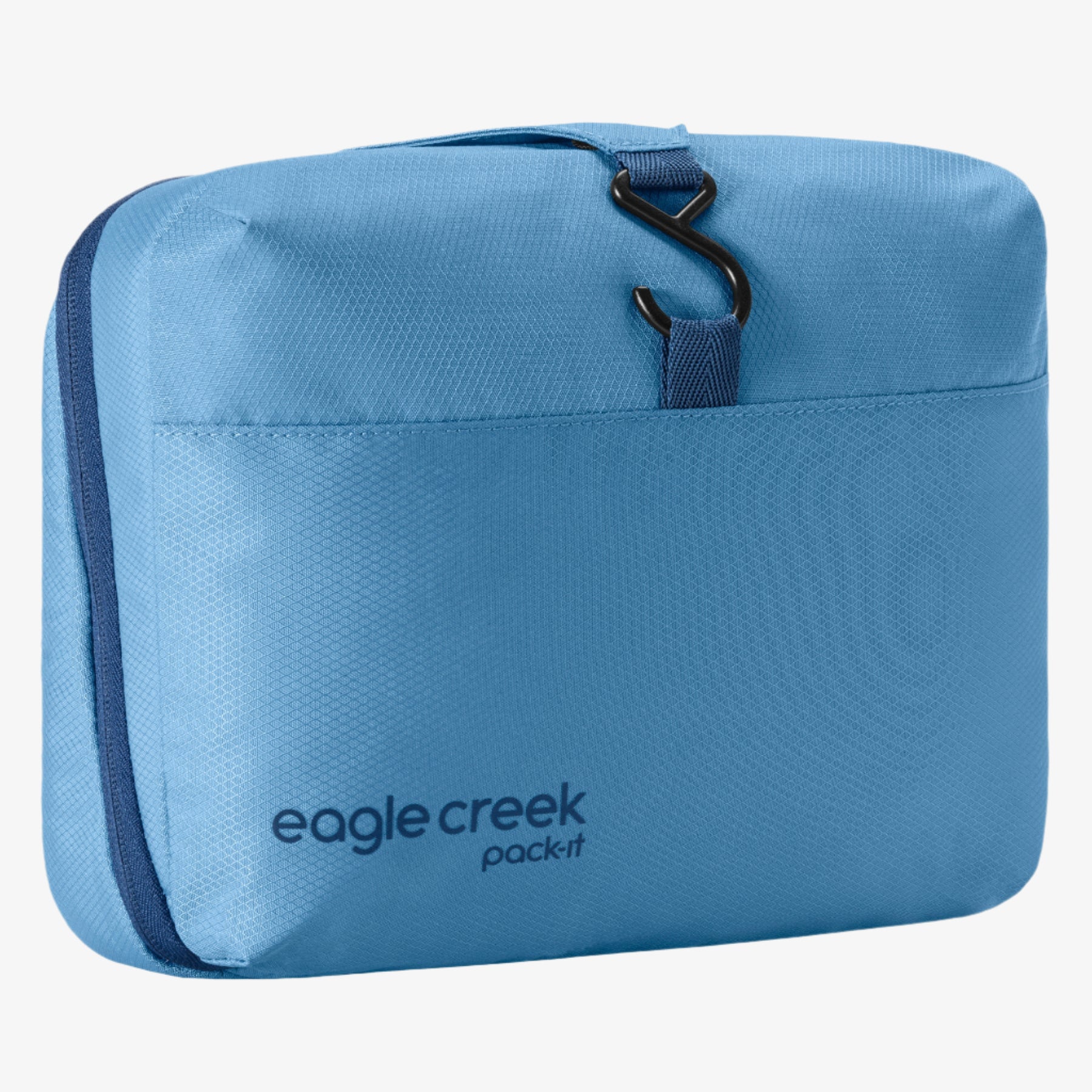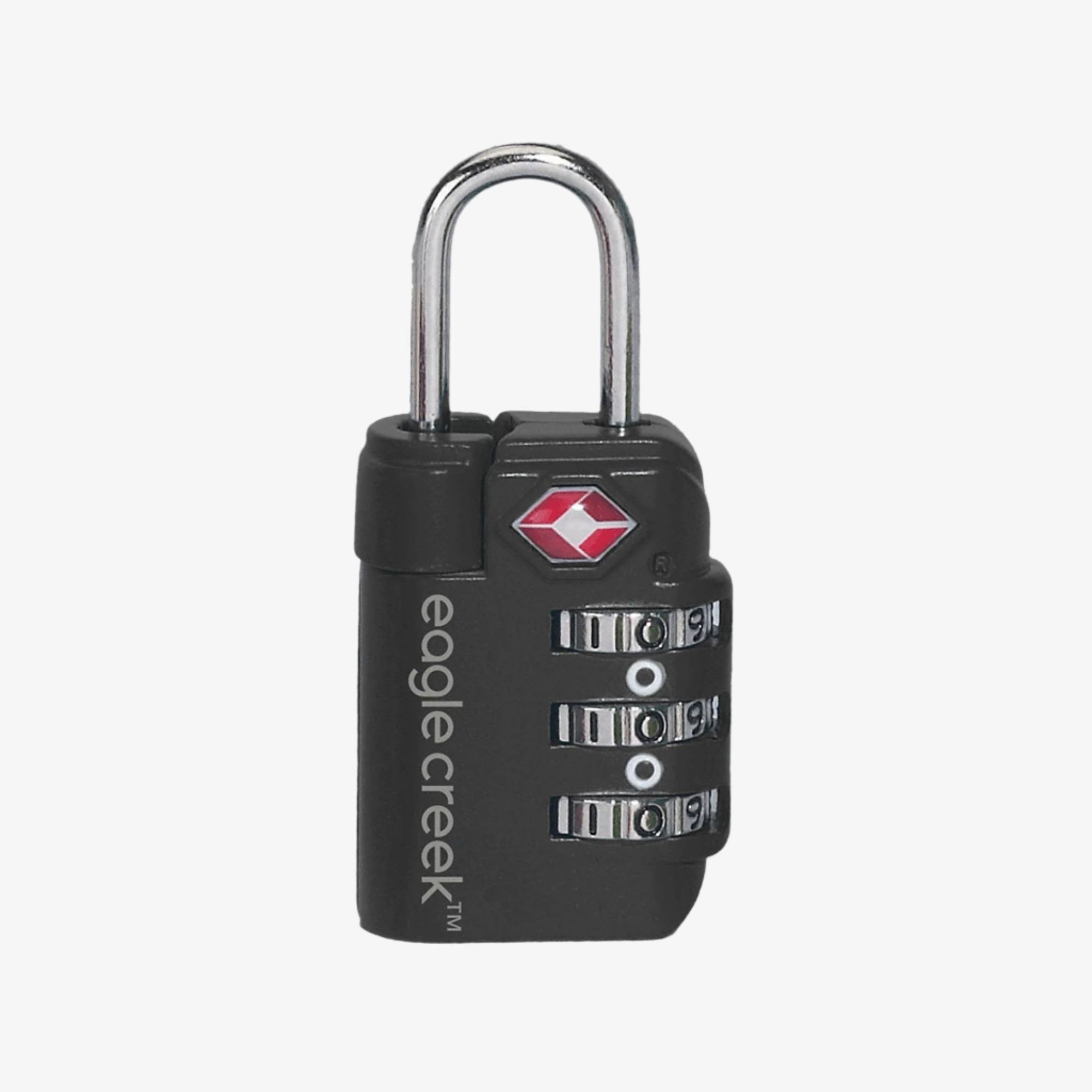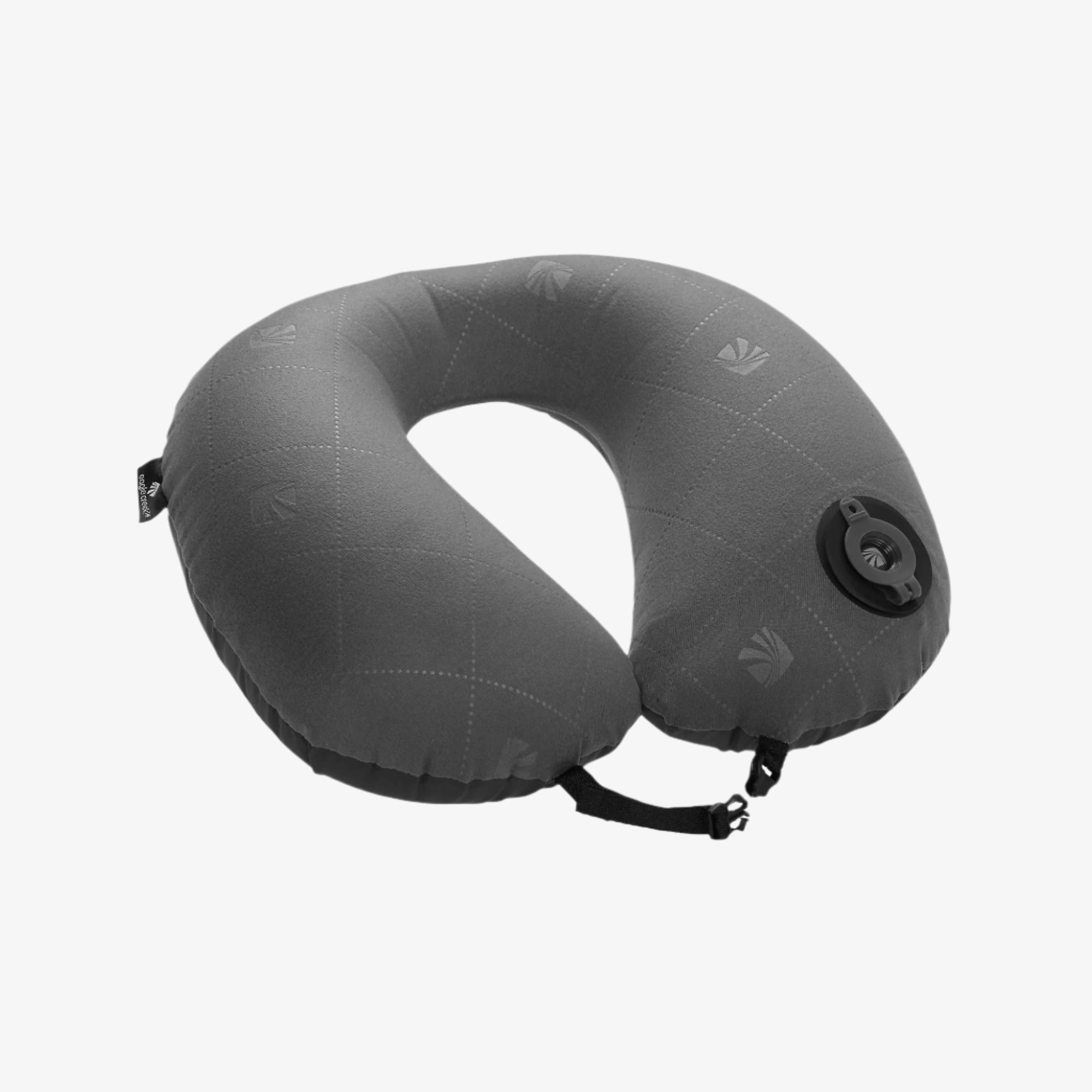Hiking the Inca Trail: How to Plan and What to Pack

FROM PRICE BREAKDOWNS TO PACKING LISTS, THIS GUIDE TO PLANNING AND PREPARING FOR THE INCA TRAIL MAY JUST BE AS VALUABLE AS ANCIENT INCAN GOLD.
For the Incas, all roads led to Machu Picchu. But for travelers to Peru today, there’s really only one true way to get there: The Inca Trail.
Technically, yes, you could take the train, or sign up for one of the alternative treks. But most travelers to the region remain fixated on the classic Inca Trail, 26 miles (42 kilometers) of Inca-laid roads connecting well-preserved archaeological sites, stunning panoramas, and awe-inspiring mountain peaks. After four days spent hiking through brutal altitude changes and pausing to take in the breathtaking views, trail-worn travelers will finally arrive at the ancient Incan city of Machu Picchu through the sungate.
Ready to strap on your hiking shoes and discover the lost city of the Incas? There’s more than a physical challenge ahead of you: booking and preparing for the Inca Trail will take a lot of research and logistical juggling, but this comprehensive guide will set you in the right direction.
When to Go
May to September is considered the Inca Trail high season. You’ll have the best weather (its winter, but the dry season in Peru), but you’ll have to share the trail with hoards of other hikers. In April, May, and from October through January, the weather is unpredictable – most likely you’ll have sunny days interspersed with wet ones. In February, the trail closes completely for repairs and conservation work.
Where to Go
You will need to arrive in Cuzco, Peru, at least 48 hours before your trek departure date. This will allow you to acclimate to the high altitude as well as attend a pre-departure orientation.
Booking
You cannot hike the Inca Trail independently—you must sign on with an Inca Trail operator. There are 180+ tour operators licensed to lead treks along the Inca Trail and they vary in price and quality. Note that only Peruvian tour operators are granted licenses to operate along the Inca Trail—so if you book with an international travel agency you’ll pay a premium only to be handed off to the same local agency you could have booked with yourself at a much lower price.
Once you’ve chosen a trekking agency, you need to decide your dates and reserve as soon as possible. There are only 500 permits available per day, with around 200 allocated for tourists and the rest reserved for porters, cooks, and guides. There is a strict permit reservation system in place to avoid trekking companies buying up blocks of permits and reselling them later—permits can only issued with a tourist’s name and passport number and they are non-changeable and non-transferable once booked. Therefore, there is no waiting list, and permits are snapped up quickly!
If you are hoping to hike in peak season, you should plan to book at least six months in advance. If you’re aiming for the shoulder season, you might be able to get away with booking three to five months ahead. You can check permit availability in real-time here.
Expect to pay a significant deposit upon booking—exact amounts will vary by agency.
Cost
Budget $500-700 for your trekking tour operator (which includes transport to the trail head, guide, trekking permits, Machu Picchu entrance fees, food, tents, and your return transportation to Cusco.) This will be your biggest expense; however it won’t be your only one.
Other sample costs you should add to your Inca Trail budget include:
- $40 tip for guides (it is recommended to tip $5 per day to the head guide and half that each assistant guides)
- $40 tip for the porters and cook (it is recommended to give, as a group, $25 (65 soles) to each of the porters, and double that to the cook)
- $20 for sleeping bag and walking stick rental (don’t rent through your trekking agencies, arrange upon arrival – prices are much cheaper at the outdoor supply shops around Cusco) or bring your own
- $70 for porter services (more on that later)
Porters
Group porters will carry things like food, tents, first aid kits, and other necessities. However, you will be expected to carry your sleeping bag, sleeping mat, clothes, toiletries, and other necessities. However, there is the option to hire a personal porter. Typically, the price is around $70 for 7kg (15.4lbs). If you do hire a porter, keep in mind that about three out of the allotted seven kilograms will be taken up by your sleeping bag and sleeping mat. The rest is what you have left for clothing and toiletries. Anything you want access to throughout the day (camera, first aid, sunscreen, etc.) you should put in a daypack, which you’ll have to carry yourself. If you’ve never done a multi-day, overnight hike (especially at altitude!) before, getting in shape before you go is recommended—once on the trail, you’ll quickly realize how incredibly heavy even your half-filled daypack can feel!
Physical Preparations
The Inca Trail is a mere 26 miles long, yet it is a challenging route due to the high altitude and constant changes in elevation. Expect to walk 6-9 hours per day for the first three days and 2-3 on the final day.
Altitude is a major factor in the difficulty of the Inca Trail. The highest pass reaches 4,215 meters (13,828 feet)! Make sure to start the trail well rested and super hydrated, arrive into Cuzco a few days early to acclimate, and avoid alcohol on the days leading up to the trek.
If you’re not already an active person, consider adding a few days a week at the gym into your routine a few months before your trek and hiking with a filled pack. Every hour you put into pre-departure workouts will be rewarded once you’re hiking! That said, anyone in decent physical condition should be able to tackle the Inca Trail (you may just need to walk a little more slowly and take breaks frequently).
Packing for the Inca Trail
Packing needs will vary from trekker to trekker but the below is a solid guideline.
- Comfortable Daypack You will be wearing it for four days straight, so invest in something high quality.
- Sleeping Bag Recommend brining your own or to rent on location in Cuzco rather than from your trekking company.
- Clothes Temperatures change drastically throughout the day so be prepared to dress in layers.
- Toiletries Include suncreen, your toothbrush, small tube of toothpaste, hand sanitizer, soap, packets of wet wipes, bugspray, lip balm, and any other essentials
- Trekking shoes While hiking boots are recommended, many chose to hike in running shoes as well
- Water reservoir or bottle For easy hydration
- Newspaper -For drying out shoes overnight
- Compression Sacs For dirty and wet clothes
- Snacks Protein bars must be brought from home as they are not sold in Cuzco, however granola bars, nuts, and trail mix are readily available
- Small local change On the first day, there are pay-for-use bathrooms and vendors selling cold drinks and snacks, and on the last day at Machu Picchu there is a charge for everything from using the toilet to storing your bags.
- Flip flips To change into at night once you reach the campsite.
- A headlamp with extra batteries
- Toilet paper Not provided in the trail bathrooms
- A small first-aid bag Include prescriptions, blister pads, painkillers for sore muscles, and coca leafs or coca candies (available locally) for altitude symptoms.
- Lightweight, packable rain shell
- Earplugs -Tents are thin; don’t let a snorer in your group destroy your sleep.
- Your camera – Consider packing a spare battery if you know you’ll be snapping heavily.
Tip: Make sure to check vaccines at a travel clinic before.
Related Posts:
World’s Most Spectacular Hikes






































